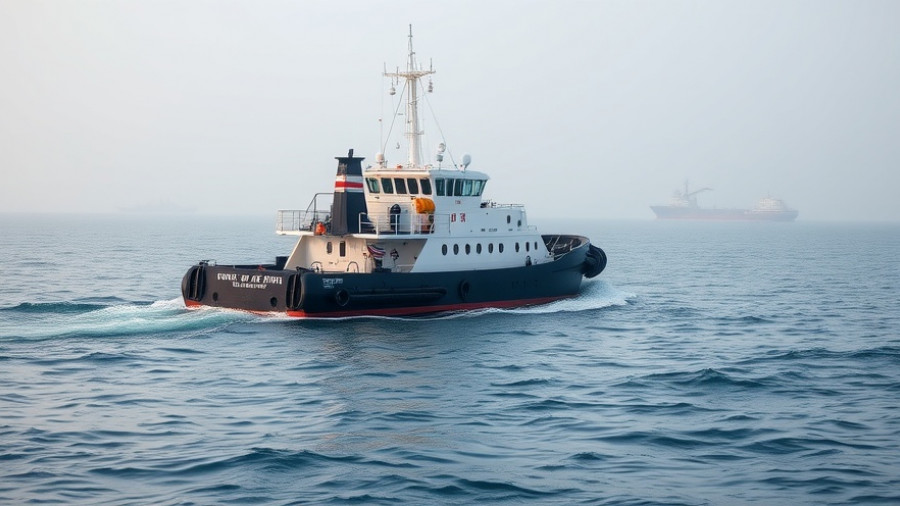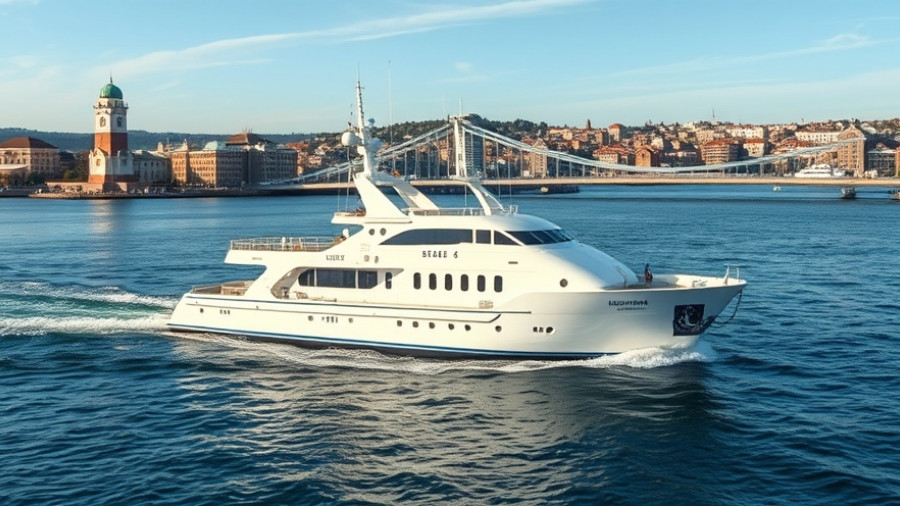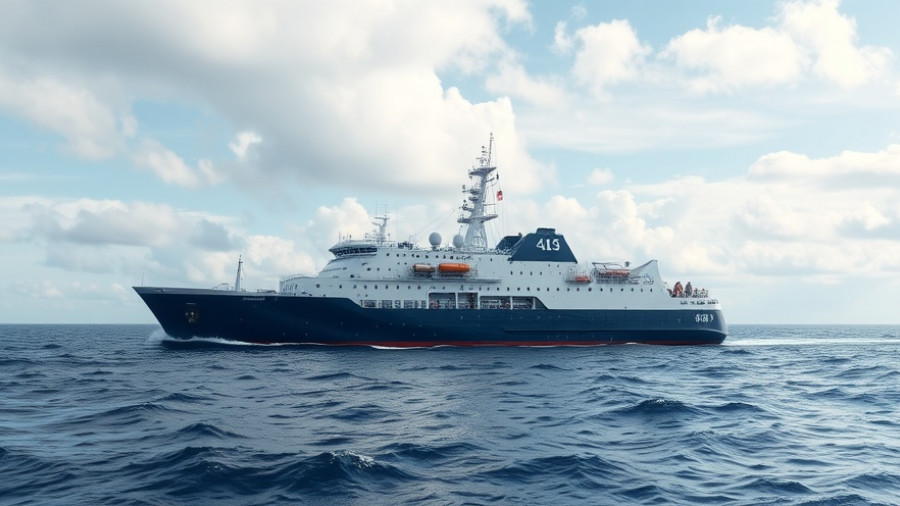
Understanding Trelleborg's Strategic Acquisition
Trelleborg, a prominent player in the sealing solutions industry, has fortified its position in Southeast Asia by acquiring Masterseals, a specialized sealing expert based in Singapore. This acquisition is not just a mere expansion; it's a strategic move that underscores Trelleborg's commitment to enhancing its portfolio in the maritime and industrial sectors. With this purchase, Trelleborg aims to leverage Masterseals' innovative technology and local expertise, which are essential for forging stronger relationships with customers in a rapidly evolving marketplace.
Why This Move Matters
The acquisition aligns with the growing trend of companies in the maritime industry seeking to enhance their technological capabilities. As the demand for more efficient and eco-friendly solutions rises, Trelleborg’s integration of Masterseals' advanced sealing technologies comes at a crucial time. By adopting these new technologies, Trelleborg not only diversifies its offerings but also positions itself as a leader in sustainable practices in the shipping and marine industries.
Combining Strengths for Greater Innovation
Masterseals brings a wealth of experience, especially in customized solutions tailored for diverse industries ranging from shipbuilding to oil and gas. This acquisition opens the door for Trelleborg to incorporate Masterseals' innovations into their existing product lines. The synergy created can lead to groundbreaking advancements that could redefine industry standards.
What's Next for Trelleborg?
As Trelleborg integrates Masterseals, industry insiders are eager to see how this blend of resources and ideas will manifest. Will we see more state-of-the-art sealing solutions emerging from Singapore? How will this impact the pricing strategies in the market? Investors and consumers alike will be watching closely for the next steps, as Trelleborg aims to not only dominate but also shape the future of sealing technology.
The Industry Impact: Predictions and Opportunities
The acquisition may have broader implications for the maritime and manufacturing sectors. Trelleborg’s move signals a possible trend where larger companies will increasingly acquire smaller specialists. This could lead to a more competitive marketplace with innovative solutions being more readily available while also prompting smaller firms to adapt quickly to stay relevant. As companies look for ways to meet green initiatives and regulatory demands, acquisitions like Trelleborg's could become the norm rather than the exception.
Looking Ahead: Challenges and Opportunities
While Trelleborg's acquisition comes with numerous advantages, challenges lie ahead. Integrating a new corporate culture, realigning business strategies, and maintaining customer loyalty during the transition are just a few hurdles the company will face. Companies in similar positions have seen both successes and setbacks in past mergers, which can serve as valuable lessons for Trelleborg.
Final Thoughts
The acquisition of Masterseals by Trelleborg is a compelling example of strategic positioning in the seal technology market. As the industry looks to innovate and adapt, this merger represents an opportunity for Trelleborg to lead the charge in developing the next generation of sealing solutions. For those watching the maritime sector, this deal could be a precursor to a wave of further consolidations in the industry.
 Add Row
Add Row  Add
Add 




Write A Comment